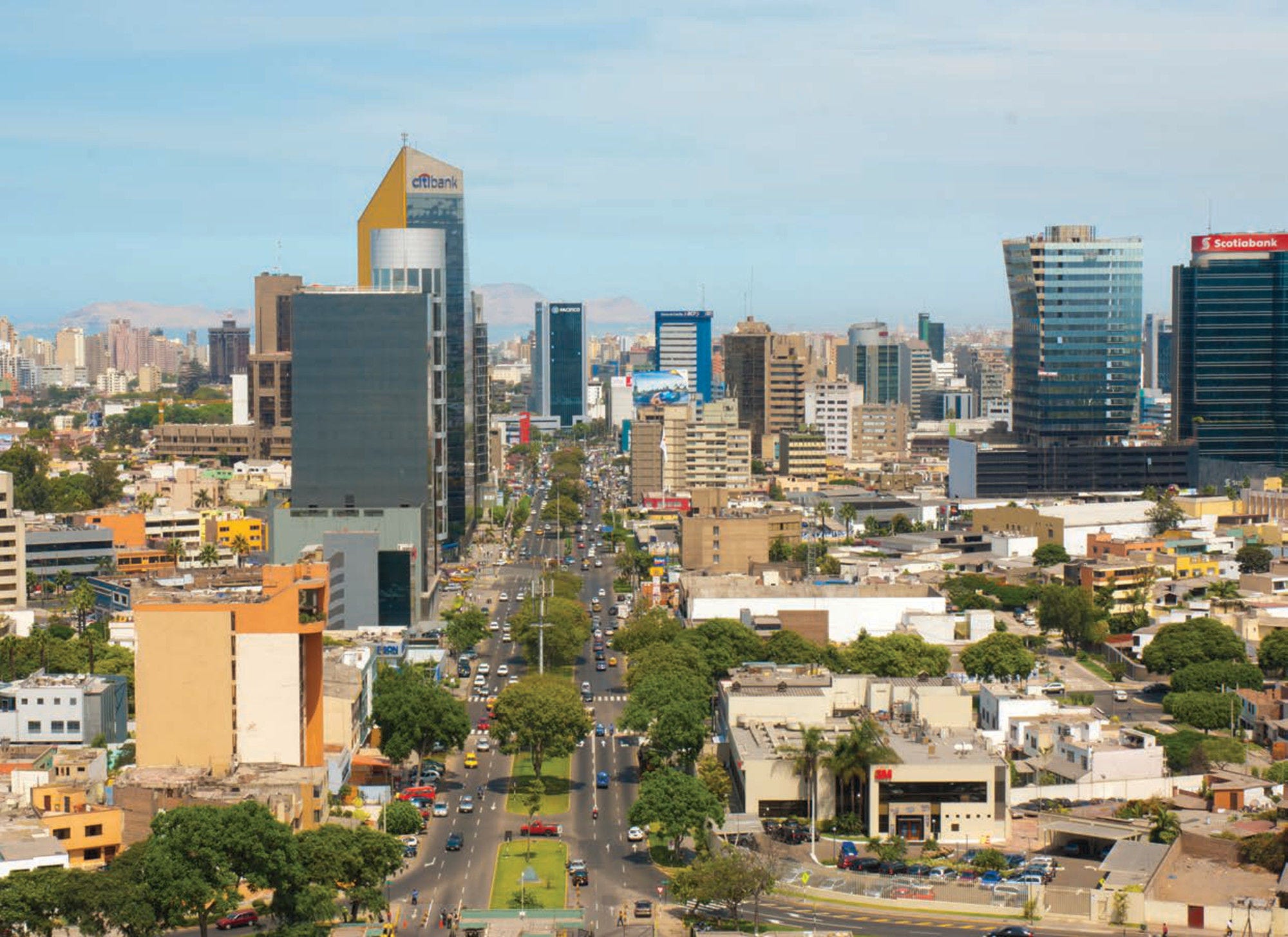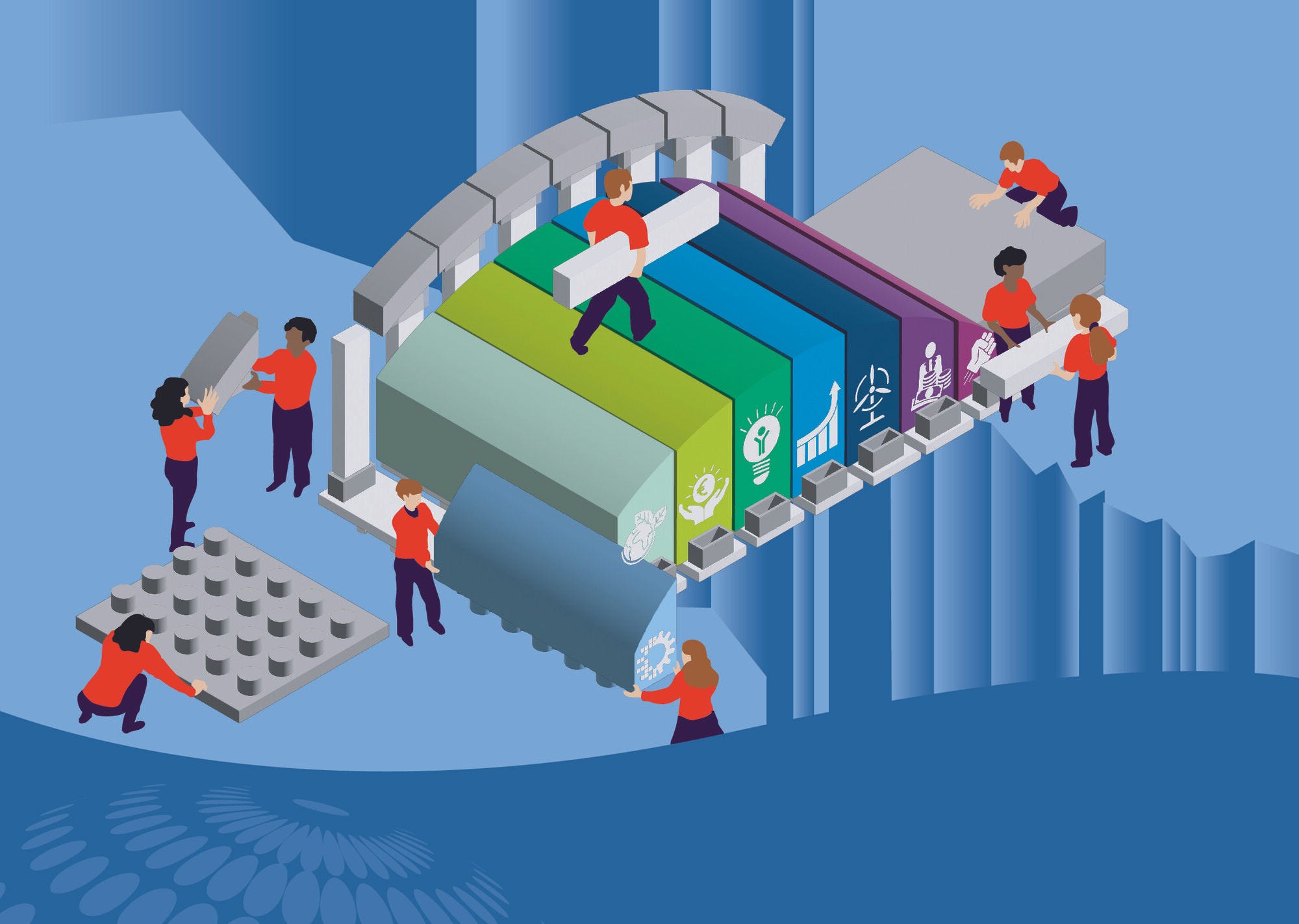The public financial management system that Peru has developed since the 1990s has successfully ensured the fiscal sustainability of the public sector: growth has been above the average for Latin America and the Caribbean, with fiscal deficit and public debt levels lower than those of the region. Rising per capita incomes allowed Peru to achieve upper middle-income country status in 2008. These results are internationally recognised, as shown by the invitation in 2022 to begin the process of accession to the OECD.
This study analyses Peru’s challenges in meeting OECD standards in public financial management, focusing on four strategic areas: 1) budget practices and governance; 2) treasury management and cash management systems; 3) fiscal management of human resources; and 4) public investment programming, budgeting and management.
The public financial management system in Peru has some special characteristics, which complicate the process and reduce the public sector’s planning capacity in general, affecting the efficiency and quality of public services:
The Ministry of Economy and Finance of Peru centralises a number of functions that in OECD countries are the responsibility of sectoral ministries or subnational governments.
Expenditures are linked to specific funding sources, which does not allow for fungibility of public funds. This leads, among others, to difficulties in estimating revenues and calculating baselines, and thus to allocating public resources to government priorities.
The budget voted by Congress (the opening institutional budget) represents an expenditure floor, and budget allocations are modified (increased) significantly during the execution of the budget.
The budget system is micro-focused, based on inputs (payroll for human resources, individual projects for investment) and execution levels, rather than focusing on expenditure ceilings, performance and quality.
For Peru’s public financial management system to fully fulfil its strategic role as a central government document, showing how annual and multiannual objectives will be prioritised and achieved while maintaining fiscal stability achievements, the main recommendations in each of the areas are:
1. Improving budget practices and governance
Simplify the budget law. Move from a long and rigid budget based on inputs and physical targets to a more synthetic budget with a greater emphasis on overall expenditure ceilings and results. This requires, in particular, removing the link between expenditures and funding sources and strengthening control mechanisms for budget execution (including the role of the Comptroller General’s Office).
Introduce a top-down budget formulation process, clearly indicating the fiscal space available and allocating credible spending ceilings to each entity early in the budget process, before entities submit their demands.
Improve the quality and credibility of the opening budget by improving revenue projections and strengthening implementation control mechanisms.
Strengthen the entities’ fiscal management units, with a view to delegating certain functions to them, supporting the transition of the role of the General Directorate of Public Budget, more focused on its responsibility as the governing body of the system, guarantor of fiscal stability.
Strengthen budget execution control systems, in order to move from an input-based monitoring system to a control system based on expenditure ceilings and results.
2. Modernising treasury and cash management systems
The major challenge for treasury modernisation is to achieve full fungibility of funds. Replace the system of sub-accounts of the executing units with a system of virtual accounts, and integrate certain important accounts that are still outside (e.g. the pension reserve fund) into the Treasury Single Account.
Cash planning would benefit from being better integrated with the budget area. Estimates of revenue and expenditure flows are unrealistic, partly due to frequent and significant changes in the budget during implementation. The quality and regularity of the information sent by the entities to the General Directorate of Public Treasury need to be improved.
Proper measurement and management of fiscal risks are essential to inform various phases of the budget cycle and to adopt risk mitigation mechanisms. The Fiscal Risk Directorate could be given more autonomy and invest in risk mapping, technical capacity building and mechanisms to collect information from other entities.
3. Ensuring a competitive and fiscally sustainable remuneration policy for the Peruvian public administration
Reduce the complexity of the public employment system to improve strategic planning and facilitate the fiscal control of human resources.
Shift from a micro and reactive approach to human resources spending to a more holistic and proactive approach. Make expenditure projections at a more aggregated level. Set human resources expenditure ceilings per entity.
Develop human resource management and fiscal human resource management capacities in entities, especially at the subnational level.
Strengthen the internal control system, moving from process-based to results-based control.
4. Improving programming, budgeting and management of public investment
Develop a medium- and long-term strategic vision and strengthen the needs assessment process.
Strengthen the pre-investment phase and ensure that the programming phase is realistic. Vote investment budgets at a more aggregated level (by sector and/or territory rather than by project), reinforcing quality control processes at the selection stage of individual projects.
Strengthen the project prioritisation process and separate it from the implementation process. Strengthen the system for monitoring the execution of investments to ensure that investments are indeed those that have been prioritised and programmed.
Develop a targeted ex post evaluation system.








